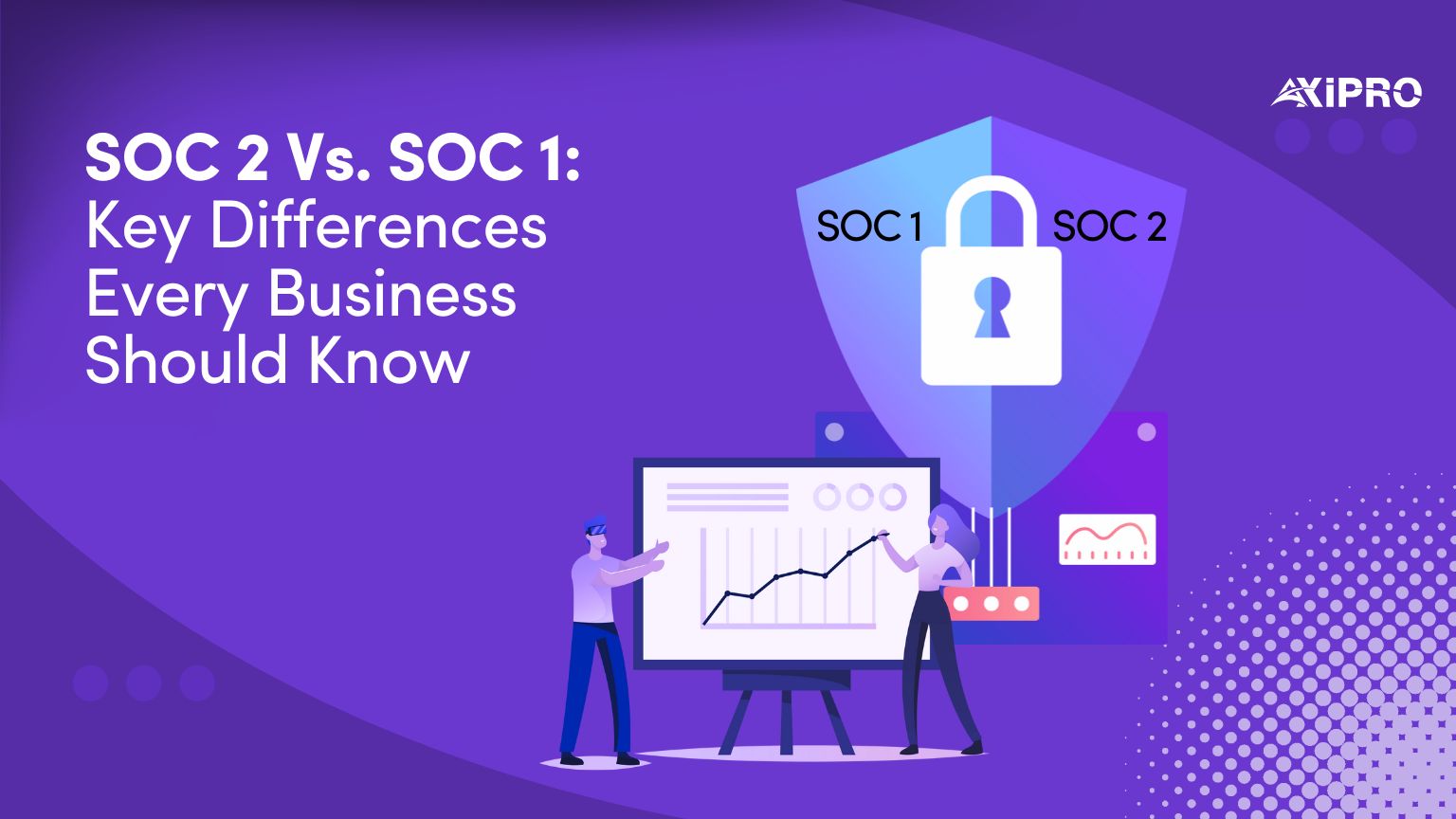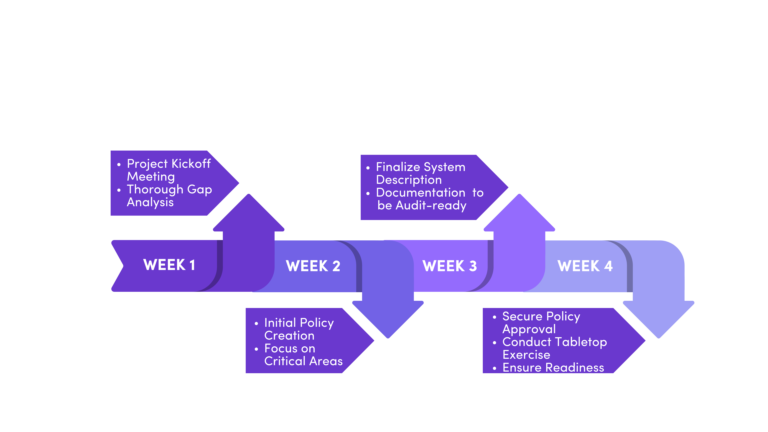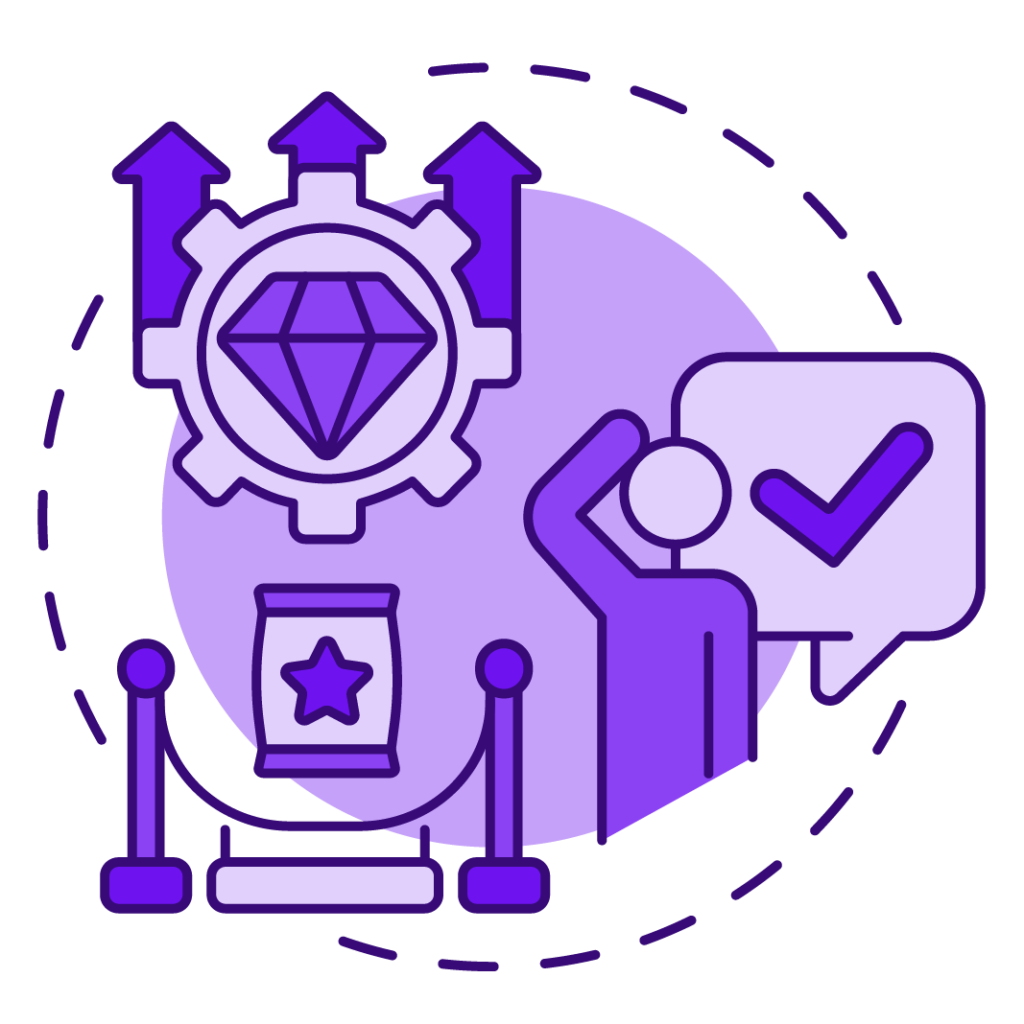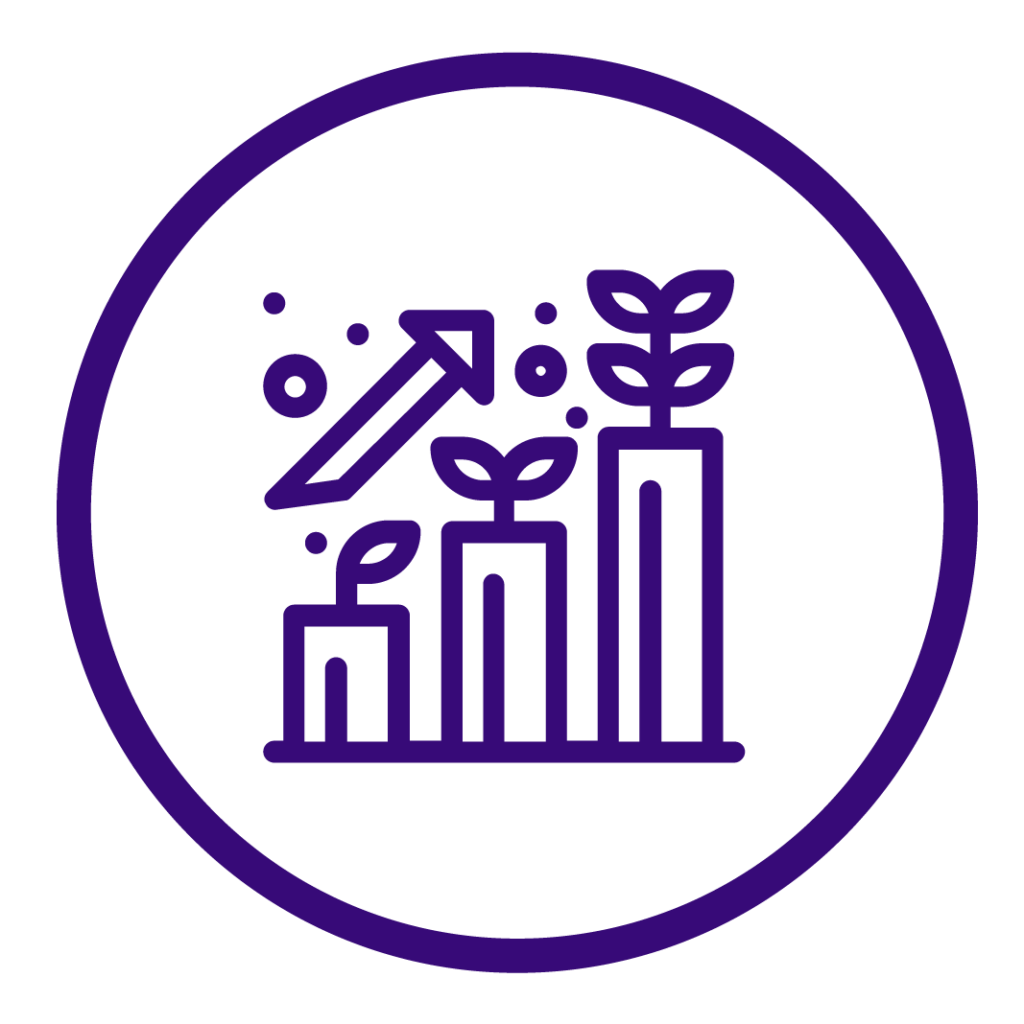
Share This Post
Outline
Introduction
What Are SOC Reports?
SOC 1: Definition and Purpose
SOC 2: Definition and Purpose
Key Differences Between SOC 1 and SOC 2
Overlap and Complementarity
How to Decide Which SOC Report You Need
Benefits of SOC Compliance
Steps to Achieve SOC Compliance
Common Misconceptions About SOC 1 and SOC 2
Conclusion
FAQs
It is imperative for businesses to establish trust with clients, safeguard sensitive data, and preserve a competitive advantage in the rapidly evolving digital economy of today by adhering to industry standards. Among the most recognized compliance standards are SOC 1 and SOC 2 reports, each tailored for specific business needs. Yet, many organizations struggle to differentiate between the two.
This comprehensive guide will unpack the key differences between SOC 1 and SOC 2, help you decide which is right for your business, and highlight why SOC 2 certification is vital for organizations managing non-financial data. Let’s dive in.
What Are SOC Reports?
SOC reports (System and Organization Controls) are compliance frameworks developed by the American Institute of CPAs (AICPA) to evaluate and report on an organization’s internal controls. These reports are essential for organizations providing outsourced services, as they demonstrate reliability, security, and operational integrity to clients and stakeholders.
Types of SOC Reports:
- SOC 1: Focuses on financial reporting controls.
- SOC 2: Evaluates data security and privacy based on Trust Service Criteria.
- SOC 3: A general-purpose version of SOC 2, intended for broader public distribution.
Understanding the differences between SOC 1 and SOC 2 is critical for choosing the right compliance standard for your business.
SOC 1: Definition and Purpose
SOC 1 reports are tailored for businesses directly impacting their clients’ financial reporting. The primary goal is to ensure that internal financial transaction and process controls are functioning effectively.
Key Features of SOC 1:
Purpose: Evaluates controls over financial reporting.
Audience: Financial auditors, regulators, and stakeholders.
Common Use Cases:
-
- Payroll processing companies.
- Accounting service providers.
- Organizations managing financial transaction systems.
- Example Scenario:
Imagine a payroll processing company handling salary disbursement for multiple organizations. A SOC 1 report assures those organizations that the payroll provider’s controls over financial reporting are robust and reliable.
SOC 2: Definition and Purpose
Unlike SOC 1, SOC 2 reports focus on an organization’s ability to protect and secure sensitive non-financial data. SOC 2 compliance is based on five Trust Service Criteria:
- Security: Protecting systems against unauthorized access.
- Availability: Ensuring systems are operational and accessible.
- Processing Integrity: Ensuring accurate data processing.
- Confidentiality: Protecting sensitive business information.
- Privacy: Managing personal data responsibly.
Key Features of SOC 2:
- Purpose: Evaluates data security and privacy controls.
- Audience: Clients, business partners, and internal teams.
- Common Use Cases:
- SaaS providers.
- Technology companies.
- Data centers.
Example Scenario:
A cloud storage company stores customer files and personal information. Achieving SOC Type 2 certification demonstrates the company’s commitment to safeguarding this data, giving clients peace of mind.
Key Differences Between SOC 1 and SOC 2
While both SOC 1 and SOC 2 are essential compliance frameworks, their purposes, scopes, and audiences differ significantly:
|
Aspect |
SOC 1 |
SOC 2 |
|
Purpose |
Financial reporting controls |
Data security and privacy |
|
Scope |
Internal controls over financial reporting |
Trust Service Criteria (e.g., security, confidentiality) |
|
Audience |
Financial auditors, stakeholders |
Clients, partners, security teams |
|
Type of Business |
Financial service providers |
SaaS providers, tech companies |
Overlap and Complementarity:
In some cases, organizations may require both SOC 1 and SOC 2 reports. For example, a SaaS provider offering financial reporting software may need SOC 1 for financial controls and SOC 2 to ensure data security.
How to Decide Which SOC Report You Need
Choosing between SOC 1 and SOC 2 depends on your business’s operations, client expectations, and regulatory requirements.
Key Questions to Consider:
- Does your service impact financial reporting? If yes, SOC 1 is likely required.
- Do you manage sensitive customer data? If yes, SOC 2 compliance is essential.
- What are your clients’ expectations? Many clients, especially in the tech space, prioritize SOC 2 certification.
Pro Tip:
For businesses managing both financial and non-financial data, achieving both SOC 1 and SOC 2 compliance can position your organization as a trusted partner in the industry.
Benefits of SOC Compliance
Whether you pursue SOC 1 or SOC 2, achieving compliance offers numerous benefits:
- Increased Trust: Build confidence with clients and partners by demonstrating robust controls.
- Competitive Advantage: Stand out in a crowded market with recognized compliance certifications.
- Regulatory Alignment: Meet industry standards and avoid potential penalties.
- Operational Efficiency: Streamline processes through improved internal controls.
According to a recent study, 79% of clients are more likely to choose service providers with SOC 2 certification, emphasizing the growing importance of data security in client decision-making.
Steps to Achieve SOC Compliance
Achieving SOC compliance involves several critical steps:
- Engage a Qualified CPA Firm: Partner with an accredited firm specializing in SOC audits.
- Conduct a Readiness Assessment: Identify gaps in current processes and controls.
- Implement Necessary Controls: Address deficiencies and strengthen systems.
- Undergo the Audit: Complete the SOC audit to obtain the desired report.
Pro Tip:
SOC compliance is not a one-time effort. Regular audits and continuous monitoring are essential to maintain certification.
Common Misconceptions About SOC 1 and SOC 2
- “SOC 1 and SOC 2 are interchangeable.” While both are SOC reports, their purposes and scopes are entirely different.
- “Only large organizations need SOC compliance.” Businesses of all sizes can benefit from SOC compliance, especially in competitive industries like SaaS.
- “SOC compliance is a one-time effort.” Maintaining compliance requires ongoing monitoring and regular audits.
Conclusion
Understanding the differences between SOC 1 and SOC 2 is crucial for aligning your compliance efforts with business goals. SOC 1 is ideal for organizations impacting financial reporting, while SOC 2 compliance ensures robust data security and privacy controls. By achieving the right certification, you can build trust, gain a competitive edge, and meet evolving client expectations.
Ready to start your SOC compliance journey? At Axipro, we specialize in guiding businesses through the process of achieving SOC 1 and SOC 2 certifications. Contact us today to learn more!
FAQs
What is the difference between SOC 1 and SOC 2 reports?
SOC 1 focuses on financial reporting controls, while SOC 2 evaluates data security and privacy controls based on Trust Service Criteria.
Who needs SOC 2 compliance?
Organizations managing sensitive customer data, such as SaaS providers, technology companies, and data centers, often require SOC 2 certification.
How long does it take to achieve SOC 2 certification?
The timeline varies but typically ranges from 3 to 12 months, depending on the organization’s readiness and the complexity of its systems.
Can a business require both SOC 1 and SOC 2 reports?
Yes, businesses that handle both financial reporting and sensitive data often need both SOC 1 and SOC 2 reports.
Why is SOC 2 compliance important?
SOC 2 compliance demonstrates a commitment to data security, helping businesses build trust with clients and meet regulatory requirements.



